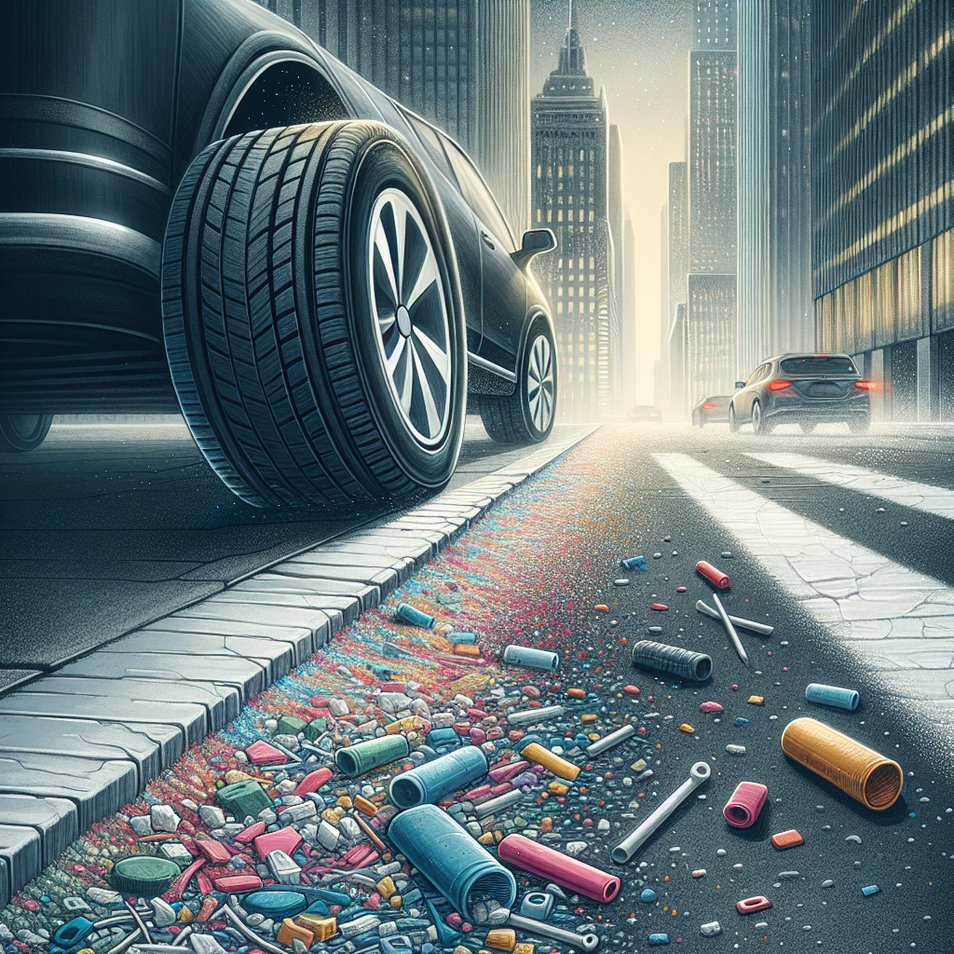The Hidden Plastic Problem Rolling Beneath Our Feet

When people think of plastic pollution, the usual suspects like plastic bags, straws, and bottles often come to mind. However, there’s a far more insidious source slipping under the radar—car tires. As tires roll over roads day in and day out, they gradually shed tiny fragments composed largely of synthetic rubber, a type of microplastic. These fragments are not benign; they eventually find their way into our environment, especially waterways, where their impact is only just beginning to be understood.
Unlike traditional plastics, the particles from tire wear are generated through abrasion rather than disposal. Every time you drive, a microscopic trail of rubber is left behind, dispersing particles into the air, soil, and streets. Rainfall washes these remnants into storm drains, which frequently lead to rivers, lakes, and oceans. From there, aquatic life inevitably becomes exposed to these contaminants, ingesting particles that are biologically active and potentially toxic.
What makes tire microplastics particularly concerning is the complexity of the materials involved. Tires are not just rubber—they are concoctions of synthetic polymers, heavy metals, and chemical additives designed for durability and performance. Once these fragments enter aquatic ecosystems, they leach chemicals that could alter biological functions in marine creatures, making their way up the food chain and potentially reaching humans.
Yet, public discourse and legislation have largely overlooked this issue. While bans on single-use plastics are gaining traction, the role vehicle tires play in microplastic pollution remains under-discussed. Some researchers are calling for innovation in tire design, advocating for biodegradable materials or devices that can capture wear particles at the source. Until then, however, we must consider alternative transportation methods and push for cleaner technology as part of the solution.
Tire wear is a silent contributor to a growing environmental crisis that demands more attention. It’s easy to blame visible trash, but sometimes the most dangerous pollutants are hidden in plain sight—scattered across highways and washed into habitats. By becoming more aware of these overlooked sources and supporting sustainable alternatives, we can take steps toward a cleaner, healthier planet.

